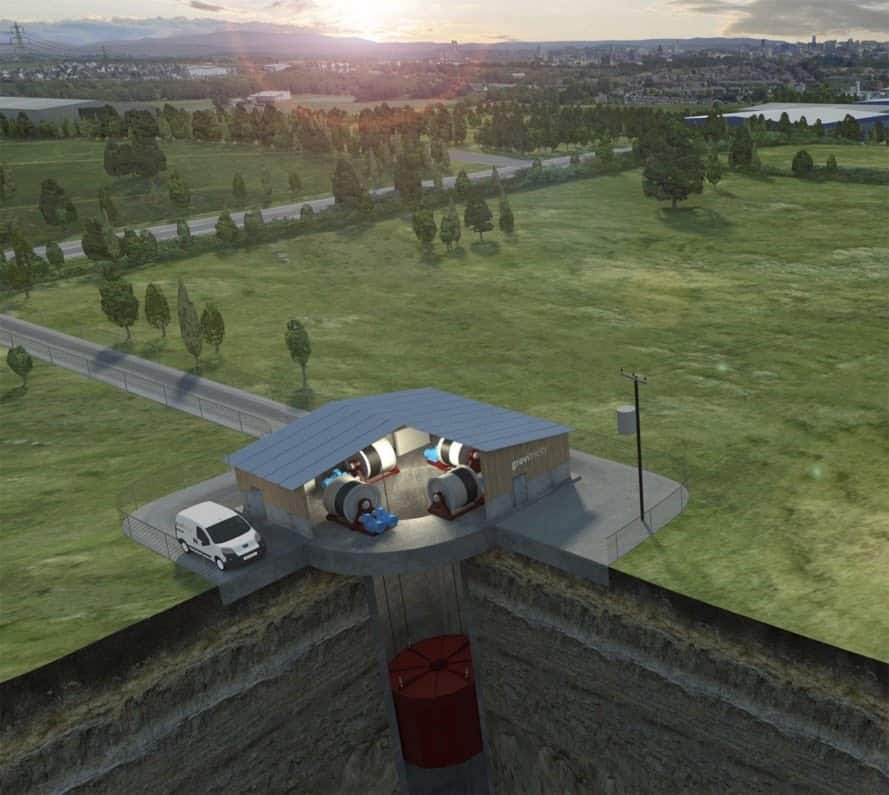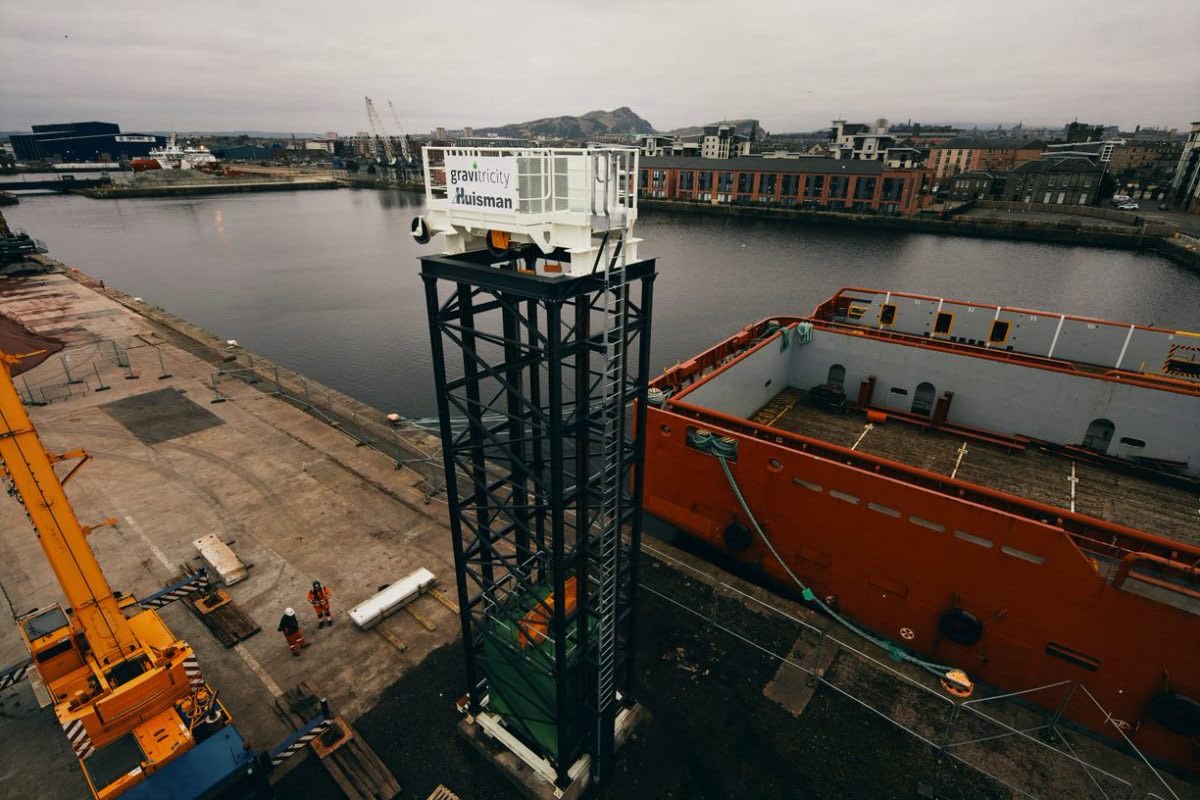This alternative to chemical batteries requires only gravity and a few seconds to release the stored energy. The developers expect that their solution will be in demand in the rapidly developing renewable energy market.
In a port area in Scotland there is a sort of elevator shaft with a height of four floors. However, there is no elevator. In its place, a 50-ton iron weight fixed on steel cables.
A battery powered by gravity
Slowly, the electric motors raise the weight to half the height: it is now a huge battery that stores potential energy thanks to gravity. When needed, the iron flies down the structure with a howl, the engine becomes a generator and produces 250 kW of energy. Or at least it is what we read in Science.

Gravitricity is one of the few startups rethinking the idea of accumulation the energy hydroelectric.
The traditional hydroelectric system uses gravity to ensure that excess energy is used to pump water into a reservoir located on a hill or hill, and at peak load it is drained, freeing electricity. However, such a system requires a specific landscape, expensive infrastructure and a complex permitting process.
The simple, undemanding design of mines or cranes compares favorably with water storage and lithium batteries (given their limited lifespan): steel cables, winches and loads can last for decades and are relatively cheap.
La startup of 14 people plans to build a full-scale plant by 2023 with heavier metal loads and a drop of nearly 1km. It will be able to provide up to 4 MW of power during peak hours.


